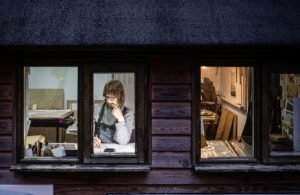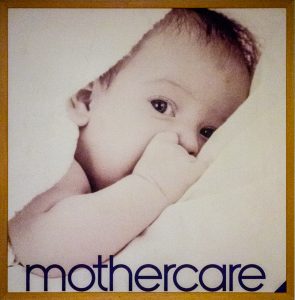‘You’re so lucky to be an artist, free to do just what you want.’ It’s a common enough remark, one most artists probably encounter as did I this week. Thinking about it, I quite like how this one sentence is both a manifesto for artistic success and a misunderstanding of how hard that success is to achieve.
Doing just what you want is, by and large, exactly what an artist needs to do to succeed, but let’s not confuse that with an easy ride. The ‘doing just what you want’ in question is not the soft focus dream of late mornings sipping coffee barefoot in a pretty studio. It’s the hard graft of developing a personal viewpoint and using experience, practice, talent and time to turn that vision into a consistent flow of well-considered work.
In this week’s Ask an Artist podcast you’ll hear gallery owner Nick Bentley return to discuss artist/gallery relationships and what galleries look for in their artists. Turns out that education, background and age are cheeringly unimportant. It is the body of work that matters, and that work must show passion, consistency and individuality. It is only by the artist doing just what they want and going their own way that this kind of work is made. But this is the freedom of hard work and focus, not the freedom of a fantasy bohemian lifestyle.

I don’t say this to put anyone off wanting to be an artist. It is a brilliant job and sometimes it does indeed involve sipping coffee in a pretty studio (though bare feet are never a good idea in real studios). But it’s not a job for the fainthearted. Doing just what you want is a great freedom, but holding your nerve and using that freedom to pay the bills – that’s not an easy life.
